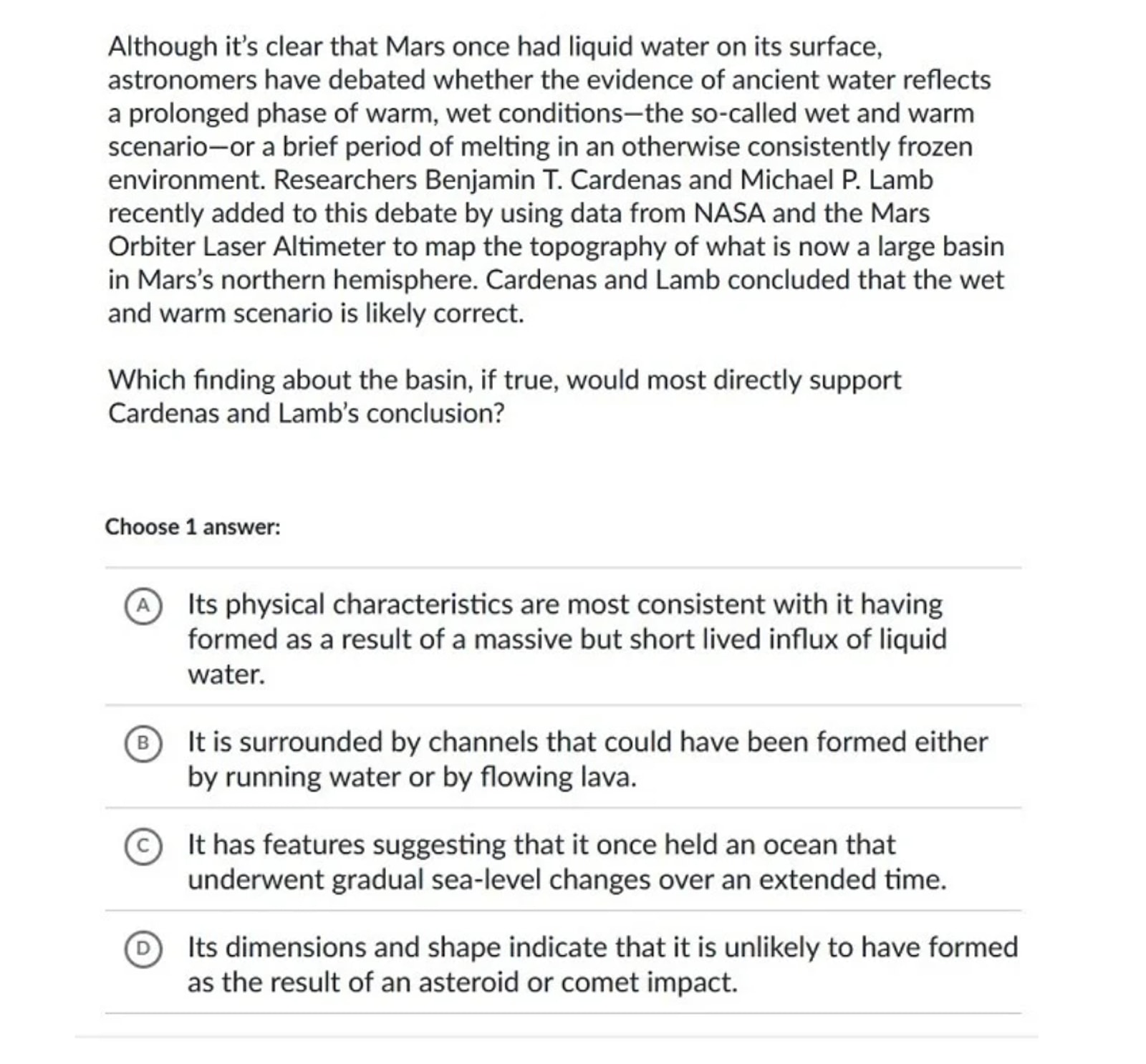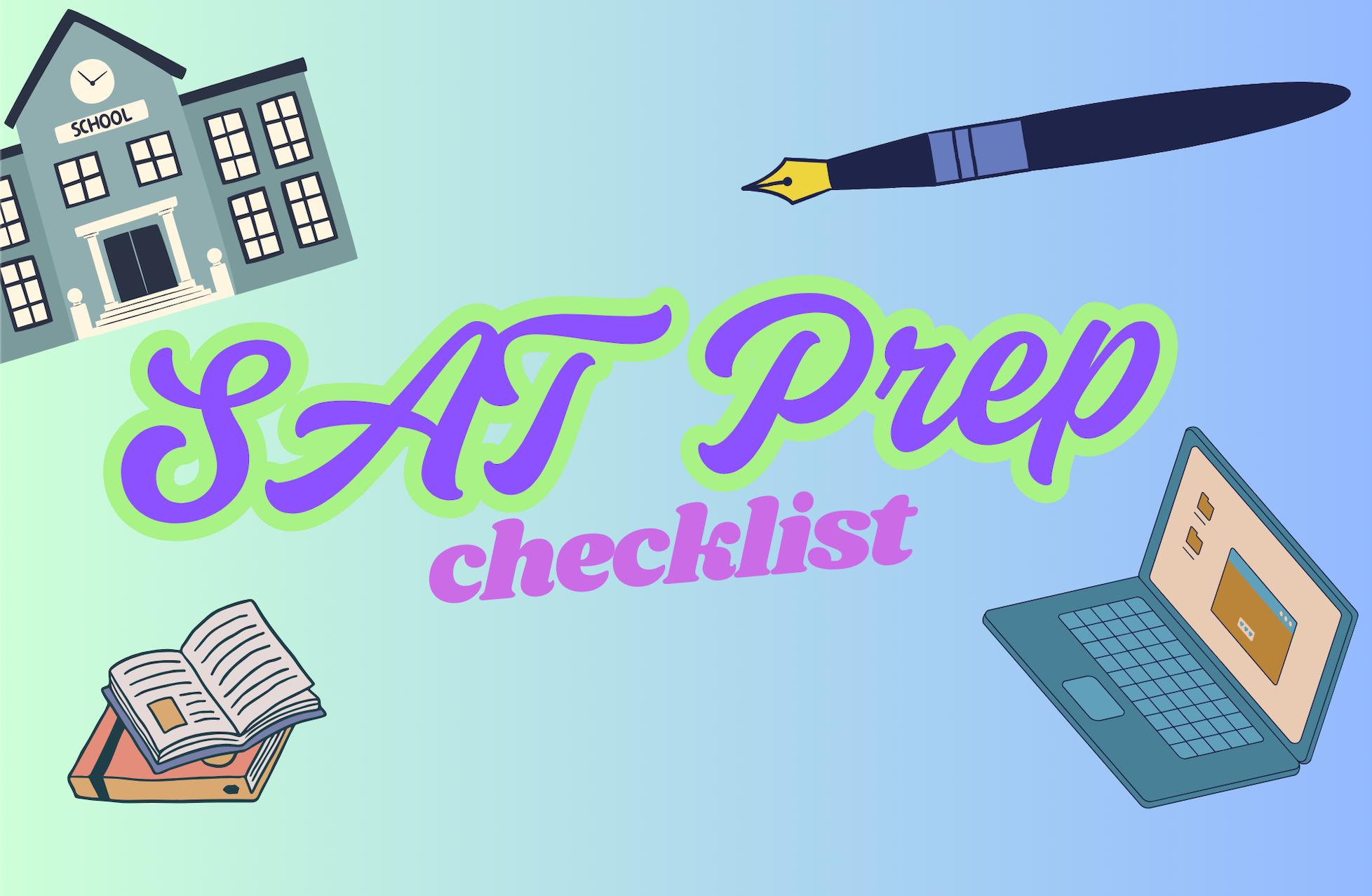Key Strategies to Excel in SAT Reading and Writing Sections
Author
Hartwell
Date Published


There are numerous strategies available for tackling SAT Reading and Writing questions; however, achieving success in this section hinges on understanding one essential principle.
That principle is as follows: There is only one answer choice that is unquestionably correct, and all other options can be dismissed without any doubt.
Continue reading to discover how this principle can enhance your test-taking approach and help you boost your scores.
Understanding the Essential Principle
In this section, I will provide some context regarding this principle and explain its significance.
Why Are Answers in the SAT Reading and Writing Section Unambiguous?
As you are aware, the SAT is a standardized test. These tests promote themselves as objective indicators of academic ability; without this objectivity, they would lose their significance.
Even in a subject like reading, where answers can often be more subjective, the assessment must consist of questions that have only one definitively correct answer. The integrity of the test would be severely compromised if test-takers could continually dispute the questions and convincingly argue that multiple answers could be valid. If that were the case, the College Board would have to discard all disputed questions, leaving them with less reliable data for score calculations and harming their credibility.
How Does the College Board Prevent Ambiguity?
Each answer to a Reading and Writing question is directly sourced from the text of the passage. The College Board must eliminate any potential for interpretation, which means that questions need to rephrase information found in the text.
Questions could use expressions like “most nearly means” or “is best described as” to mislead you into thinking ambiguously about the answer choices, thus giving too many options a chance. Don’t fall for this trap! Always keep in mind: THERE IS ONE ANSWER CHOICE TO RULE THEM ALL.
Types of Incorrect Answer Choices
Let’s explore the four types of wrong answer options you might encounter on the test, along with tips on how to identify them!
Type one: Extra Information or Slightly Off
Be vigilant for answer choices that include additional details not supported by the passage. Even one unsupported descriptive word can render an answer incorrect. Occasionally, an answer may consist of two parts. If one part is accurate but the other is not, you must eliminate it! Always scrutinize both aspects of the answer carefully and cross it out if any part seems unsuitable.
Type two: Opposite
Even if you cannot pinpoint the exact answer to the question, you should be able to identify if the relationships presented in the passage have been inverted. These answers can be deceptive because, while reading quickly, you might overlook that the information is out of order. This underscores the importance of double-checking your choices!
Type three: Irrelevant or Concept Jumble
Irrelevant answers can mislead you by exploiting the tendency of students to overthink the question and twist any choice into a potential answer. If an option feels unrelated to the passage, it is incorrect. Trust your instincts!
Similarly, concept jumble answers create bizarre mixtures of content from the passage that fail to address the question directly. If you rush, these can be particularly problematic. Never select an answer merely because it includes key terms.
Type four: Plausible Interpretation
These choices are especially challenging to eliminate, particularly if you are accustomed to analyzing literature in English classes where multiple interpretations are deemed acceptable. However, it’s critical to base your choices on direct evidence when answering Reading and Writing questions. Even if an answer appears to present a valid perspective on the passage, if it lacks direct support from the text, it should be discarded.
Process of Elimination in Action: Sample Question
Let’s examine a real SAT Reading and Writing question and determine which three choices can be eliminated. Here’s the excerpt you’ll reference to answer the question:

This passage discusses the debate among some astronomers regarding whether the evidence of liquid water on ancient Mars indicates a lengthy period of warm, wet conditions or a brief melting phase on a long-frozen planet. Researchers Cardenas and Lamb argue that the warm, wet scenario is the correct interpretation.
Now, let's tackle the question! Remember, we need to find concrete evidence to support our chosen answer.
- Choice A: This is an example of an opposite answer. A "massive but short-lived influx" of liquid water contradicts a long period of warm, wet conditions. This would instead support the theory of a brief thaw in an otherwise frigid planet.
- Choice B: This choice is irrelevant and misses the main point of the passage. Since lava is not mentioned at all, this option does not substantiate either theory.
- Choice C: This option shows promise. Choice C offers direct support for the researchers’ conclusion regarding an extended warm, wet timeframe. If the basin once held an ocean of liquid water for "an extended time," it aligns perfectly with Lamb and Cardenas' "warm and wet" hypothesis.
- Choice D: This is another irrelevant option. The dimensions of the basin and whether it was formed by an asteroid or a comet do not pertain to whether it contained liquid water or the duration of that presence. Such data could support or contradict the "warm and wet" theory, making this choice irrelevant.
Based on my analysis of each answer, we can eliminate choices A, B, and D. Therefore, choice C must be the correct answer! Choice C is backed by direct evidence and perfectly fits our interpretation of the lines.
Let's Review!
The core principle of SAT Reading and Writing is that there is only ONE answer choice that is unequivocally correct, while all others can be dismissed!
To identify incorrect answer choices, keep an eye out for:
- Extra Information or Slightly Off: Answers that include unsupported details or deviate slightly from what the passage states.
- Opposite Relationships: Answers that contradict the relationships outlined in the passage.
- Irrelevant or Concept Jumble: Answers that are unrelated or are confusing combinations of ideas taken from the passage.
- Plausible Interpretations: Answers that might seem valid but lack direct evidence from the text to support them.
As long as you remember that the right answer must restate information from the passage, you should be able to eliminate three out of four answer choices for most reading and writing questions, ultimately leading to an impressive score!
Related Posts

Prepare for the Digital SAT Test with confidence! What to Know Before You Walk into the Testing Center. Read now!

Learn what makes a great SAT score, how to set your goal, and boost your chances of getting into dream colleges with strategic planning!